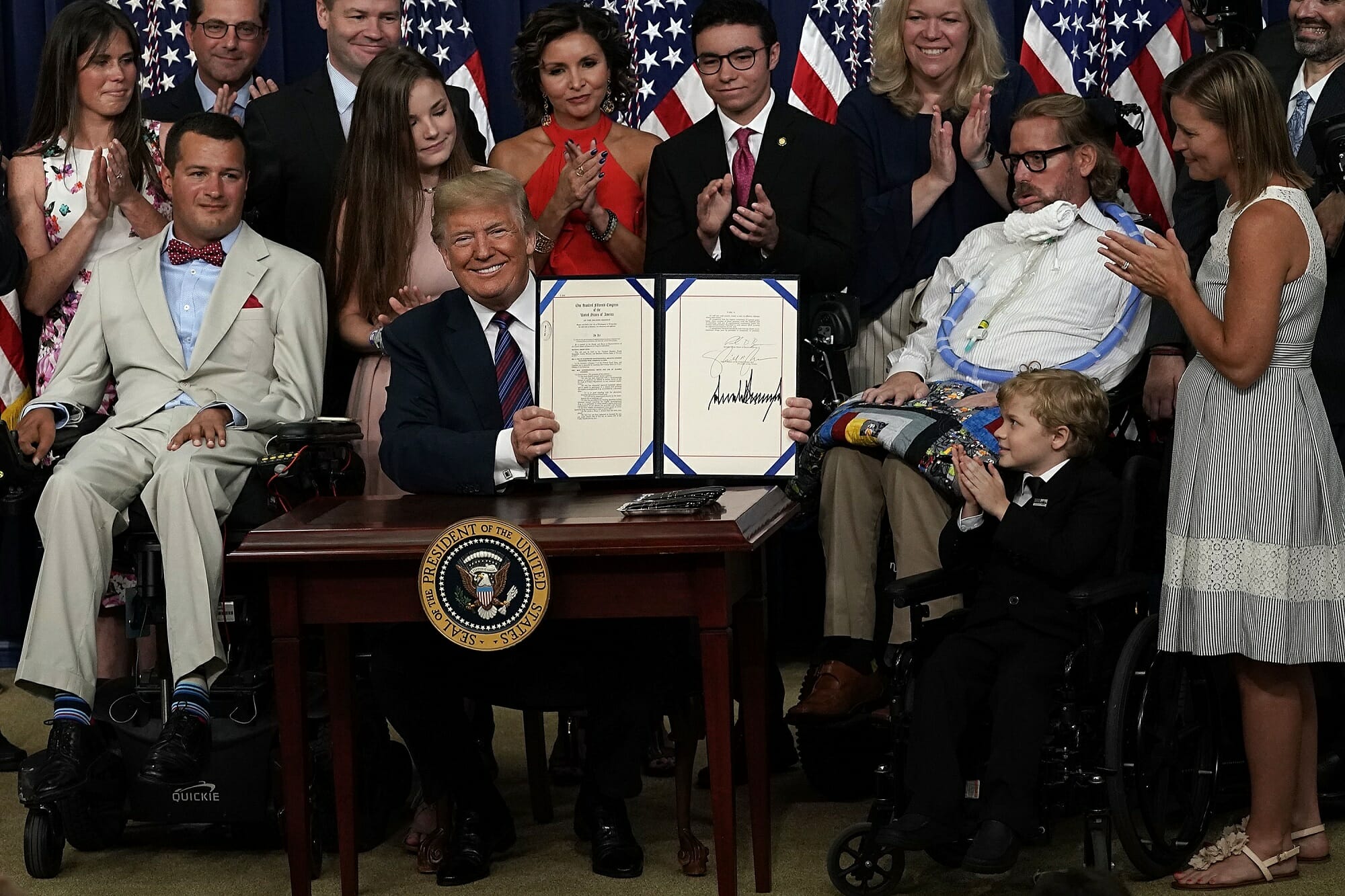For more than a year, right to try legislation was mired in Congress. This was surprising, considering the bill had already been passed by 38 state legislatures.
When the federal version was eventually passed and signed into law by President Donald Trump on May 30, it was hailed as a victory by both the administration and patients’ rights advocates.
Good for them. The bill’s emotional appeal is undeniable. To borrow a headline from the Opdivo campaign, who wouldn’t want to give a loved one with a terminal disease “a chance to live longer”?
Nevertheless, it’s important to acknowledge that as a result of horse-trading in both the House and the Senate, the federal version is far less ambitious than when it began. Specifically, right to try has become a “right to request.”
The FDA can’t deny a patient’s request for inclusion into a trial, but the manufacturer is not obliged to admit a particular patient. Nor is the manufacturer obliged to provide the drug for free (as it does to patients it has recruited).
Prior to right to try, the FDA controlled access to investigational drug trials through its compassionate use program. Although most requests for compassionate use were approved (I’ve read the rate was 99.4%), the process was still unwieldy, requiring review boards and expert panels.
Right to try should eliminate the red tape and also remind the FDA its function is to regulate the development and manufacture of safe and effective drugs. “Protecting” patients from unrealistic hopes isn’t in their job description.
In fact, in my experience patients and family members are frequently as well-versed in disease particulars as many experts. They’re not expecting miracles, but they’re hoping for a shot at one.
Now that the Right to Try Act is law, let’s consider if it goes far enough to protect patients who are looking for that chance to live longer. And we’re not talking about investigational drugs, but the new generation of gene-targeted treatments.
The availability of new and potentially curative approaches for terminal diseases may create a cruel dilemma.
Typically, cancer patients undergo active treatment until a time arrives when they and their doctors agree further treatment would not only be futile, but might also diminish the quality of the patient’s remaining life. At this point, treatment plans change and so do the economics. Insurers normally agree to switch their coverage of aggressive and often expensive therapy to underwriting palliative care, which isn’t cheap either.
And that’s where a potential problem emerges. Once you’re switched to hospice, you may no longer be a candidate for “curative” therapy — even if you’re later discovered to be in the small fraction who qualify.
To cope with the prospect of novel, transformative treatments, the American Society of Clinical Oncology recommends a third road, which it calls concurrent care.
This approach calls for abandoning traditional policies that force patients to choose between palliation and aggressive therapy. Acceptance of a concurrent care model will require support from physicians, patients, and especially payers.
The point is underscored by the recent decision of Humana to enter the hospice market. Will Humana and other payers help or hinder patients who still wish to pursue a cure? Perhaps a future version of right to try should address this concern.
Sander Flaum is principal at Flaum Navigators.
From the August 01, 2018 Issue of MM+M - Medical Marketing and Media

